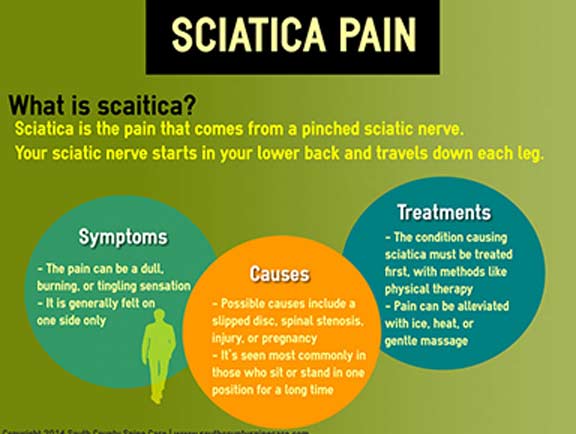The Impact Of Diet Plan On Neck And Back Pain Monitoring: Foods To Include And Foods To Omit
The Impact Of Diet Plan On Neck And Back Pain Monitoring: Foods To Include And Foods To Omit
Blog Article
Post Writer-Mcclure Jordan
When it pertains to managing your neck and back pain, the food selections you make can substantially affect just how you really feel on a daily basis. Picture being able to ease your discomfort merely by changing what you eat. By recognizing https://kameronulcsj.blogsmine.com/31143567/the-influence-of-stance-on-neck-pain-recommendations-for-maintaining-ideal-positioning-throughout-the-day of nourishment in neck and back pain administration and knowing which foods to incorporate or avoid, you can take proactive steps in the direction of a much healthier and a lot more comfortable way of life. The link in between nourishment and back health is extra extensive than you might understand-- allow's discover just how specific foods can either calm or intensify your neck and back pain.
Value of Nutrition in Neck And Back Pain
Nutrition plays a critical function in handling pain in the back. Your diet can considerably affect swelling levels and overall discomfort degrees in your back. Taking in a well balanced diet regimen abundant in nutrients like vitamins D and K, calcium, magnesium, and omega-3 fats can help in reducing swelling and reinforce bones, which are important for back health and wellness.
In addition, preserving a healthy weight via proper nutrition can alleviate stress and anxiety on your spinal column, minimizing the danger of neck and back pain.
In https://ricardomhdwr.qodsblog.com/30687729/a-fundamental-overview-to-chiropractic-care-adjustments-insights-on-anticipated-experiences-and-functional-dynamics , specific nutrients like anti-oxidants discovered in fruits and vegetables can assist battle oxidative anxiety and promote recovery in the body, consisting of the back muscle mass and spinal column.
On the other hand, consuming excessive quantities of refined foods, sugary drinks, and undesirable fats can contribute to swelling and weight gain, intensifying pain in the back.
Foods to Consume for Back Wellness
To support a healthy and balanced back, incorporating nutrient-rich foods right into your daily meals is essential. Including foods high in antioxidants like berries, spinach, and kale can help reduce inflammation in your back, reducing pain and pain. Omega-3 fats found in fatty fish such as salmon and mackerel have anti-inflammatory homes that can profit your back health.
Additionally, eating nuts and seeds like almonds, walnuts, and chia seeds provides important nutrients like magnesium and vitamin E, which sustain muscular tissue function and reduce oxidative stress and anxiety. Integrating https://www.theladders.com/career-advice/suffering-from-sciatica-these-are-the-5-best-exercises-for-relief as chicken, turkey, and tofu can help in muscular tissue fixing and upkeep, promoting a strong back.
Do not forget to include milk or fortified plant-based options for calcium to sustain bone wellness. Finally, moisten with a lot of water to maintain your spinal discs moistened and functioning ideally. By including these nutrient-dense foods in your diet regimen, you can nourish your back and support overall spinal health.
Foods to Stay Clear Of for Neck And Back Pain
Choose preventing refined foods high in added sugars and trans fats when seeking relief from pain in the back. These kinds of foods can contribute to inflammation in the body, which may exacerbate neck and back pain. Say no to sweet treats like candy, pastries, and sugary drinks, as well as convenience food items like hamburgers, fries, and fried hen that are frequently loaded with trans fats.
Furthermore, avoid foods consisting of high degrees of polished carbs, such as white bread, pasta, and breads, as they can increase blood sugar levels and potentially worsen inflammation in the body.
It's also smart to limit your intake of foods high in saturated fats, like red meat and full-fat milk products, as they can add to swelling. Processed foods like deli meats, chips, and packaged snacks are typically high in hydrogenated fats and should be eaten in small amounts.
Verdict
To conclude, taking notice of your diet plan and making clever food selections can have a substantial influence on handling pain in the back. By including nutrient-rich foods like berries, fatty fish, nuts, and lean proteins, and avoiding refined and sweet items, you can help in reducing swelling and assistance on the whole back wellness. Remember, what you eat plays a vital duty in how you feel, so make sure to prioritize your nutrition for a healthier back.
